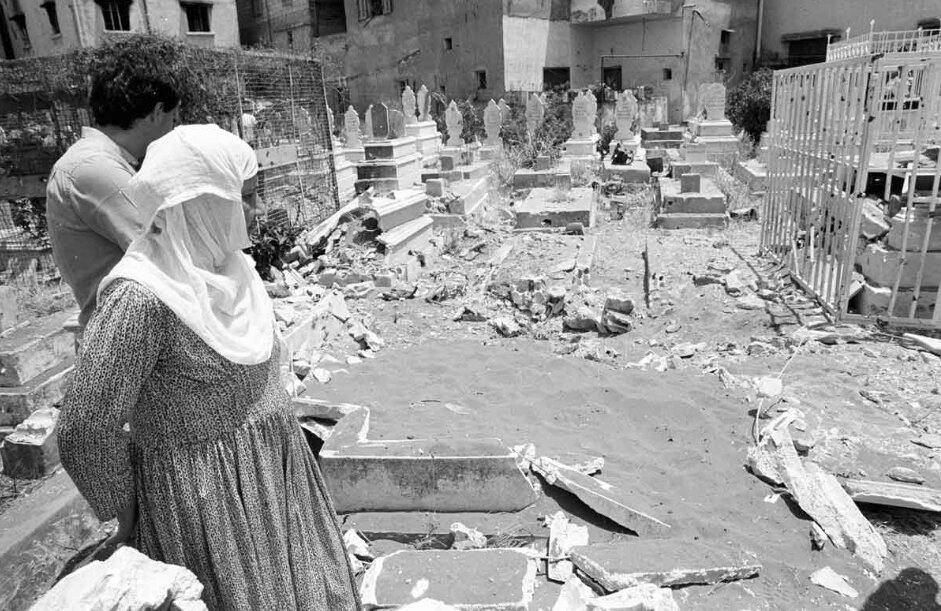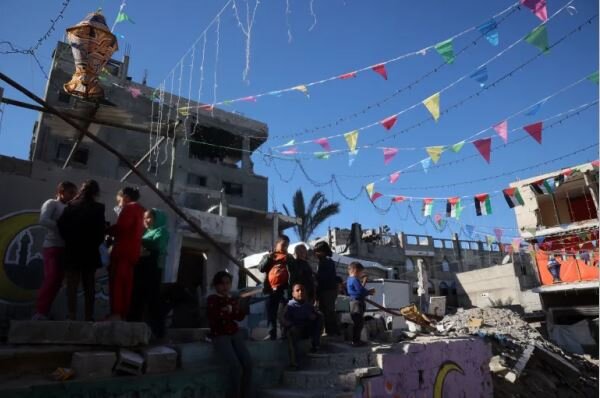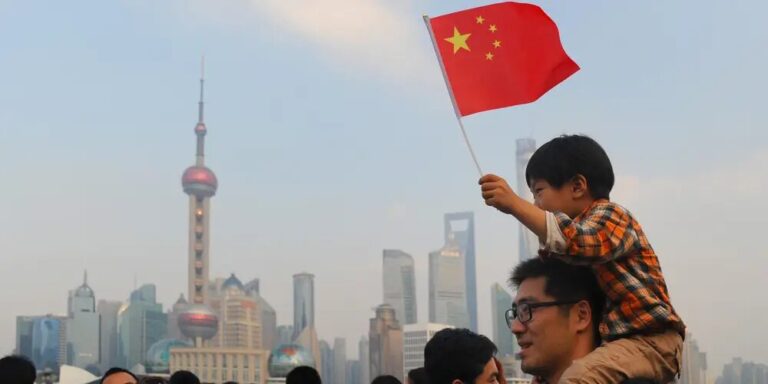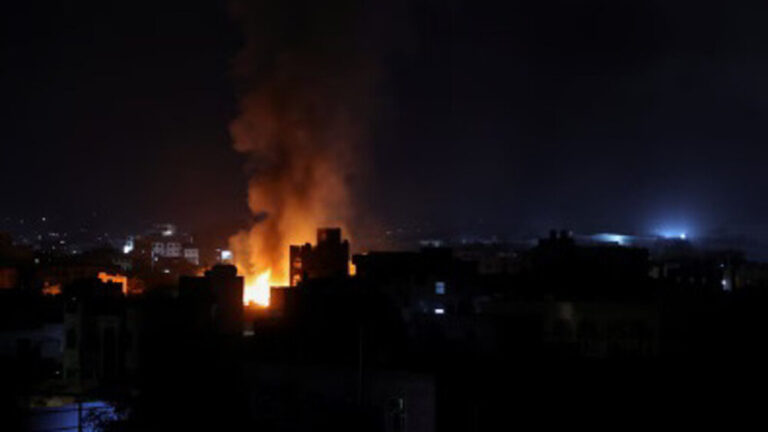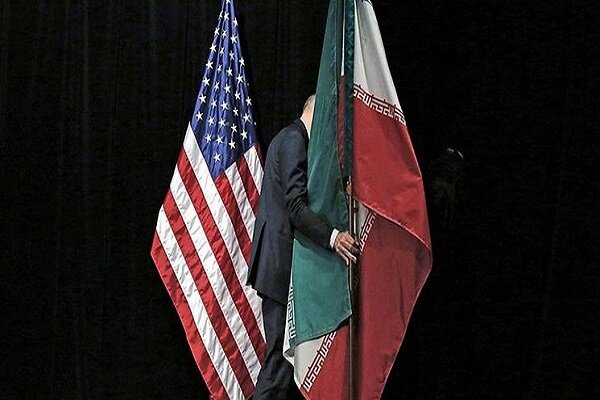50 Years Later: Reflecting on the Legacy of Lebanon’s Infamous Civil War Eruption
BEIRUT — The bloody events of Lebanon’s civil war, which began on April 13, 1975, continue to resonate in the region, showcasing how the past can ignite a series of crises even 50 years later. This article delves into the historical implications of the civil war, focusing on the Murji’ah sect and the ongoing political landscape shaped by figures like Samir Geagea.
Historians of Islamic theological sects often note that the term “Murji’ah” is derived from the Arabic verb “arja’a,” meaning to delay. According to Ibn al-Athir, the Murji’ah sect was named for their belief in prioritizing one’s professed faith over actions. They hold the controversial view that judgment on those committing major sins should be postponed to God alone.
The Murji’ite doctrine became a methodology for the Umayyads. Following the assassination of Imam Ali and the self-appointment of Mu’awiyah ibn Abi Sufyan as Caliph, this doctrine aimed to silence opposition to their rule. Today, Samir Geagea employs similar tactics to stifle dissent among the Lebanese populace.
Many victims of the civil war, particularly those who suffered at the hands of the Lebanese Forces militia, remember the devastating horrors inflicted by Geagea and other warlords. But why does Geagea draw such scrutiny? The answer is straightforward: he is seen as a successor to Bashir Gemayel, who was backed by the enemy’s army post-1980 to dismantle the resistance movement. Gemayel’s mission was one that the enemy failed to accomplish both militarily and politically during the prolonged US-led Israeli aggression.
Geagea’s positions are often perceived as unhinged, dictated without any sense of shame regarding his role as a pawn for the American embassy in Beirut. During a period marked by the Cold War, the US government aimed to prevent Lebanon from shifting into a socialist camp, and Geagea’s actions aligned with these objectives.
Despite the lessons learned from the civil war and the consequences of sectarian incitement, Geagea seems to have learned nothing. His current actions suggest an intent to erase a particular sect from existence, particularly targeting the popular base of the Shiite factions. Notably, Geagea has never condemned the Israeli aggression, instead opting to criticize Hezbollah. He utilizes these violations as a pretext for maintaining his relevance, even amidst the backdrop of repeated Israeli attacks and a blatant disregard for international resolutions.
In the aftermath of every conflict instigated by the Israeli enemy, a troubling trend emerges: some Lebanese individuals blame the victim rather than the perpetrator. This pattern of behavior has led to alarming justifications of massacres and attacks on innocent civilians. The situation today mirrors that following the July 2006 war, during which WikiLeaks documents unveiled members of the anti-Hezbollah faction acting as informants for Israeli interests.
While citizens were returning to their devastated homes and grieving their losses, the same voices re-emerged, calling for the disarmament of the resistance and declaring its defeat. The civil war is often characterized as an Israeli project, with the Israeli resistance group focusing on repelling it, even if that means enduring significant pain and loss.
Despite the passage of time, the conditions that led to the civil war in the 1970s are alarmingly similar to those present today. The intense Western-Israeli enthusiasm for dismantling the resistance continues unabated. Furthermore, the anti-resistance faction’s insistence on defending a sectarian, factional, and isolationist regime complicates the current political landscape.
This situation marks a significant precedent in the history of the Arab-Israeli conflict. The resistance forces have become a more formidable threat to the U.S.-Israeli alliance than Arab armies have been since 1948. As Lebanon navigates this complex political terrain, the echoes of the civil war remain a poignant reminder of the past’s influence on the present.
In conclusion, the legacy of Lebanon’s civil war continues to shape its political dynamics and societal fabric. Figures like Samir Geagea play pivotal roles in this ongoing narrative, illustrating how historical conflicts and ideologies can resurface and provoke new crises even decades later.
